There is water, but little useful!
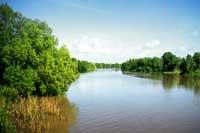
It is said that the water is blue gold and is not for less, because instead of turning off the fire turns on in many places. One of the keys to the war between Israel and Palestine, the fundamental cause of poverty in Africa... A person consumes between 200 and 250 liters of water a day, 70% of the water used is used for irrigation, factories also need large quantities of water.
It is needed for everything and in addition to good quality.
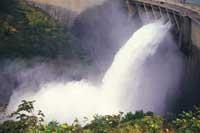
On Earth, the presence of 1,34 million km3 of water has been estimated. If everything was affordable and of good quality, enough and surplus for all the inhabitants of the Earth. We would not hear again and again, especially in summer, that there is little water and that we must reduce consumption. But keep in mind that only 2.5% of Earth's water is fresh water and is trapped in ice 3/2 of that amount. As if it were not enough, 20% of the amount that is part of the water cycle is not accessible and the remaining 3/4% fall in a moment and in a bad place, causing floods, for example. It is thus clear that there is water, but not always of the place, moment and quality that the human being needs.
Well, if the problem is to find good quality water, we have broad seas and oceans; we have designed a system to desalinate sea water, and it's already! They have finished all the water scarcity problems! It is well thought, but unfortunately the problem of water scarcity is not solved so easily.
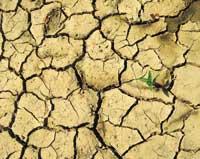
For a long time, engineers and technicians have tried to develop sea-water purification systems, but for the moment they do not seem to have managed to design a totally useful system. Keep in mind that sea water is not the tap water and water that we would get by mixing salt in a glass. Sea water is composed of 65 elements and, once water and salt are separated, it is essential to have a subsequent treatment that makes it safe. Long process and, undoubtedly, too expensive for the poorest countries.
Currently, there are two water desalination systems on the market. The oldest XX. It is from the beginning of the century and, as on many other occasions, the industrial process permeates what nature does. By boiling the sea water, the steam cools down in contact with a cold surface and turns into fresh water. The second technique, which requires less energy, is reverse osmosis. That is, in a high pressure, the water of the sea filters through several membranes until it becomes drinking water.
Both systems are well thought out, but unfortunately, for the countries that need it most, they are not appropriate due to the existence of a group of specialized workers, expensive facilities and high operating costs.
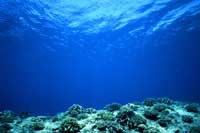
On the other hand, although these systems were applicable from the economic point of view, the elimination of salt in sea water could cause important ecological damage, since it would not disappear. The average level of salinity of sea water is 3.5%. This means approximately 35 g of mineral salt in a liter of water. To obtain a liter of drinking water, to the sea or to the subsoil, it would have to throw another or two liters of high salinity, which can cause a significant imbalance.
It can be thought that high concentration water can be diluted in the sea, but as always, things should be done in moderation. In case of spilling to the ground, the problem would be even more serious, since underground water would saline, which would have serious consequences for the fauna, flora and fertility of the land. The ideal would be to use this system as a complement and not as a main system. Unfortunately, as discussed above, the investments of these facilities are excessive for their exclusive use as alternative systems.
Measure the use of water
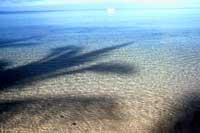
As can be seen, although the desalination of sea water was achieved, new problems would arise that would force them to learn to consume less. It seems that large companies in the water market are also about to take that path. Among his projects stands out the reuse of the water used, more priority than the search for economic systems to potabilize sea water. Perhaps in the larger cities, it would be necessary to install two water distribution pipes, one that dissipates drinking water and one that transports the dirtiest water, for example, useful for cleaning the streets.
In short, what will be the design of sea-water purification systems when the discharge from the pipes is countless in towns like Cairo? When individuals, farmers or entrepreneurs do not give importance to the discharges?
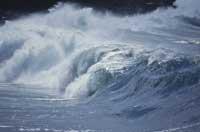
In many villages the losses in the distribution network are enormous, the cleaning and recycling of dirty water is not carried out any tests, the water shortage is about to cover with remote water... On the road to sustainable development there is still much to do, and more than anything, proper management plans will be needed: drip irrigation systems in agriculture, measure well what are the real needs, use local...
To the extent possible, we leave the sea water as such, since with the oil spills there is a sufficient imbalance.
Published in 7K
Buletina
Bidali zure helbide elektronikoa eta jaso asteroko buletina zure sarrera-ontzian











